What is Namaste
Namaste is greeting, formed from 2 Indian words "namah" and "te", which is translated and literally means "bow to you." And if you supplement this dry translation with meaning, then the option would be more correct - "I greet God in you", or "I express my respect to the divine nature that lives in everyone."
So it becomes clear that this is not just a way to say hello, but admiration for the Almighty, recognition of the divine principle in a person. The word is pronounced with the letter "e" at the end - "namaste".
The very greeting dates back to the times of the appearance of Sanskrit - the "sacred language of the Gods", the scriptures, mantras and Vedas. Practiced in India and Nepal. Pronounce the word correctly, you need to stress the last syllable.
How it works
The Namaste technique is carried out at 3 levels:
- mental (mental appeal to yourself, which helps to feel your divine principle, equalizing with other people);
- physical (performing the mudra corresponding to this greeting);
- verbal (pronunciation of the greeting aloud). However, verbalization is not always practiced, people of the East often get by with the first two levels, if it is not chanting mantras.
Technique and effects
The mudra (symbolic arrangement of hands and arms) corresponding to Namaste (Anjadi mudra) is performed quite simply:
- You need to fold your palms at the level of the heart chakra (anahata) in order to increase the flow of divine love.
- Then close your eyes and tilt your head slightly. The movement begins with raising the arms above the head, after which the joined palms must be lowered to chest level, then a bow is made.
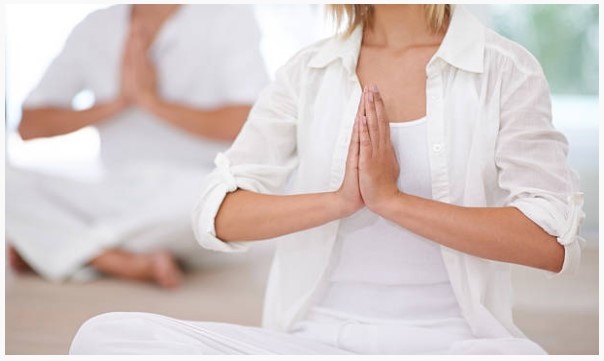
The effects of each action are different:
- The joined palms increase the concentration of Divine love in the body.
- Closed eyes capture consciousness.
- The bowed head speaks of reverence for the Divine within a person.
This technique is also a short meditation that allows you to feel love for God and man.
The position of the palms also has its own nuances.
The level of anjali mudra (this is how the position of the palms is called) depends on the rank of the person with whom the greeting is performed:
- The higher the class of the interlocutor, the higher you need to place your palms.
- If the interlocutor is equal in social status - palms at chest level.
- If, on the contrary, a respected elder - the hands are located at the level of the neck.
- Greeting with a spiritual master means your palms are equal to your face.
- Turning to God - we raise our palms on a par with the forehead (ajna chakras).
In yoga asanas "Namaste" in front of oneself this is not the only possible position, it is possible to perform behind the back. Thus, the shoulder muscles and the thoracic spine are stretched. The combination of hands allows you to improve the work of both hemispheres of the brain, concentrates a person in a given moment.
The muscles of the whole body relax when bending over, the nerves and the mind are pacified. Performing "Namaste" behind the back will allow you to move from an excited state to a contemplative state. The united hands in front of the chest collect energy flows, the work of the heart chakra is activated.She is responsible for compassion, creativity and love.
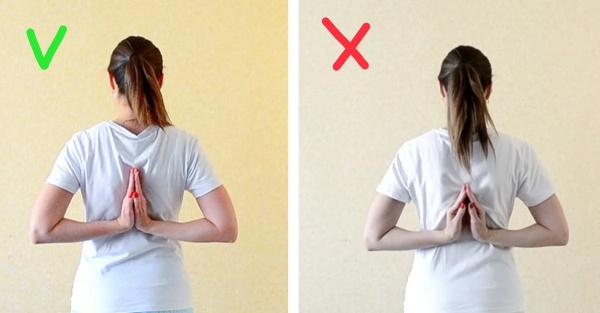
Practicing Namaste, people learn to see God in everything, gradually changing their consciousness. They come to humility, getting rid of various unpleasant manifestations of the human nature, such as: envy, pride, vanity, thirst for money and fame ... which, in turn, bears a beneficial imprint on the physical health of a person.
After all, many ailments develop as a result of the accumulation of negative feelings, which, having no way out, are transformed into a disease.
Namaste can be considered a fairly universal ritual that combines greeting, prayer, a way to harmonize your inner state and improve your health. And from the point of view of psychology, this gesture contributes to the creation of a barrier that does not allow the flows of destructive energy.

In order to stop this process, they join their palms in Anjali mudra, believing that this gesture protects from the negative influences of the environment.
How to respond to a greeting from Namaste
When showing respect and reverence using Namaste, it is correct and appropriate to respond in the same way. So it is possible and customary not only to say hello, but also to say goodbye, once again emphasizing your respectful attitude.
Namaste in the Ancient East and the Modern West
Namaste has oriental roots. The gesture is most widespread in North India. Residents shake their heads up and down a little, smile a little, their smile is sincere, friendly. "Namaste" means for Indians not only a greeting, with this gesture they say goodbye to each other.
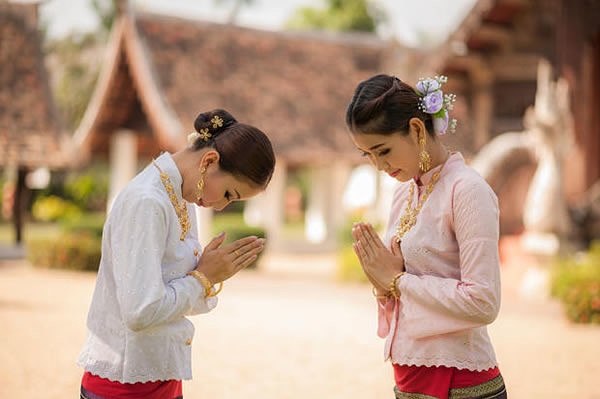
For India and Nepal, it is an everyday gesture, because it is the eastern people who are more focused on spiritual development, which helps to feel in harmony with oneself, other people, nature, without having material benefits. Indians welcome everyone this way, regardless of age, gender, race.
Thus recognizing the divine principle in all beings, and emphasizing the equality between people. In the West, the greeting is used by people who are fond of Eastern culture. And not everywhere, but only in places where people with similar interests gather. For example, in yoga or martial arts classes.
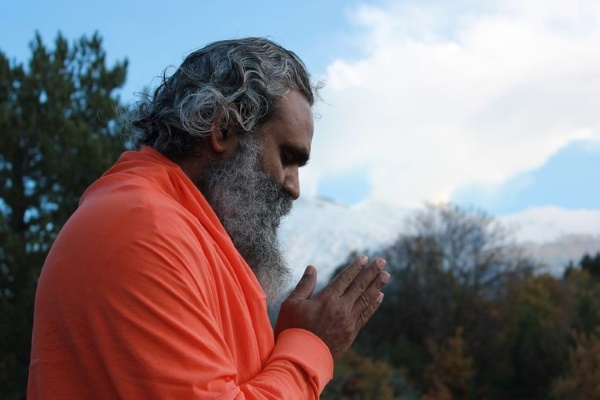
In general, the essence of greetings from people from the East and the West has a fundamental difference. Western people greet a person, and Eastern people greet God, who is in everyone.
Where and when it is used in daily life and yoga practice
The popularization of the welcome gesture came simultaneously with Eastern philosophy and the entry of yoga into the modern world. Often "Namaste" is present at yoga classes at the beginning of the session and at the end of it. In everyday life, it is used as a greeting that expresses great respect, but does not imply a violation of a person's personal space.
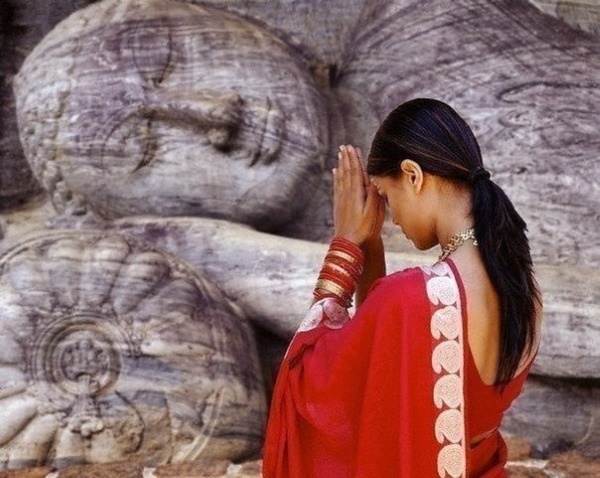
Anjali mudra is a great way to start yoga classes, it is a great way to focus and tune in to meditation. The gesture is also used in wedding ceremonies in India.This is an oath of love, so newlyweds open up to each other and God, they are faithful and confident in their choice.
When to incorporate gesture into yoga practice
At the beginning of yoga classes, this gesture is used in order to concentrate, to feel some identification with the absolute, to concentrate, feeling “here and now”, to tune in to meditation. Use at the end of classes helps to feel harmony within yourself, free the mind from unnecessary things.
Namaste has a relaxing effect, while bowing, the nervous system and mind are calmed, and the muscles of the body become relaxed, which is extremely important for performing complex asanas that involve stretching.
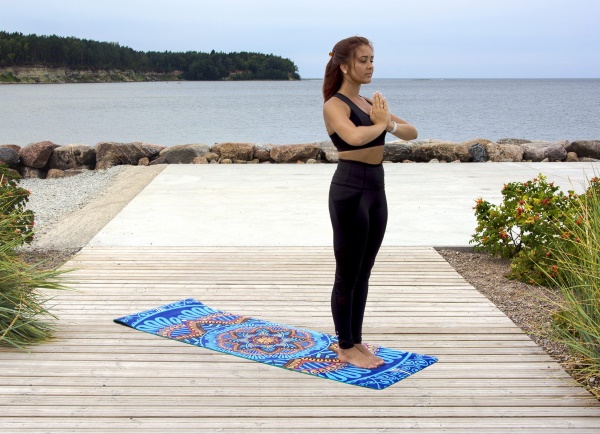
And, of course, the gesture contributes to the expression of deep respect for the teacher, and for those who are still present nearby, if the lesson is not an individual, but a group one. At the end of the meeting, they also perform this gesture to once again emphasize their respect and equality between those present.
Beginners should use the chanting of the mantra in practice with aligned palms. So "Namaste" will allow you to feel the presence of the Divine through the means of voice vibrations.
Facts about word and gesture
- Initially, the gesture was used purely as a prayer gesture. And only much later did it become a greeting in India in daily communication.
The word Namaste can be deciphered in even more detail than just "namas" - worship, and "te" - you. One of the roots of the word "nama" can also be broken down into details. From what it turns out - "not mine." After all, "on" is equal to a particle "not, and" ma "is translated -" mine. " This emphasizes the shutdown of one's own ego, during Namaste, and also implies a desire to share one's spiritual wealth with others. - Namaste is an integral part of the wedding celebration in India. Thus, the newlyweds demonstrate their openness to God and to each other.
- If you use Namaste to greet a teacher, a spiritual person, then the palms are first folded at the level of the forehead (ajna chakra), and only then lowered to the heart chakra.
- Praying to the deity, palms are first folded above the head, directing their attention upward.
- It is good to chant mantras in conjunction with Anjali mudra, this helps to feel the vibrations in the chest area.
- Originally, Anjali mudra was a prayer gesture! Anjali is translated as prayer. Hence the close relationship of gesture with religion and faith.
- There are similar words in sound in other languages. In Muslim there is the word "namaz", in German - "neman", in Latin - "nemus", and in Old Saxon "niman". All of them, to one degree or another, are interpreted as "respectful attitude."
It is worth trying to gradually introduce Anjali mudra into your life in order to feel for yourself what this state means for the soul and body!
Many are sure that the Namaste gesture is able to favorably affect the soul and consciousness of a person.
Related video: the meaning of the Namaste gesture
The meaning of the Namaste gesture:

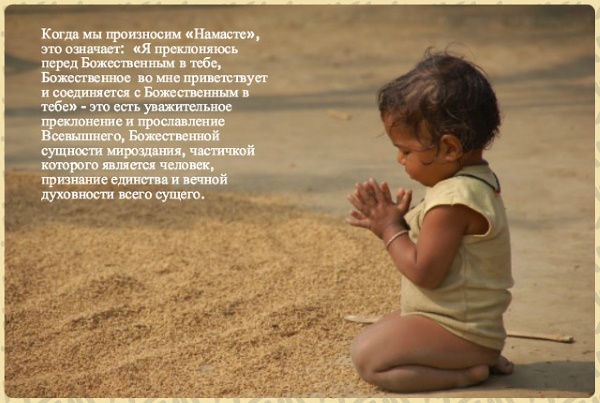
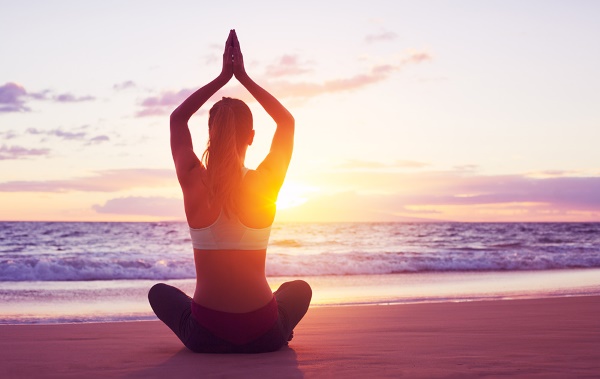
Yoga allows you to make the body flexible, the mind is clear. "Namaste" opens consciousness and leads to meditation. The connection with the Divine within the personality is an important connection, the existence of which cannot be denied.
This form of greeting allows you to feel the unity with your inner worldview, with nature and the people around you.
It's great if you can turn on the gesture before and after the lesson. But most often it is used precisely at the end, since the mind has freed itself from unnecessary things.
The teacher joins his palms, initiating movement, as a respect for his students and the Divine core in them. The disciples respond to their guru as a sign of respect. And the truth comes to hearts, all people are one.
"Namaste" in India means not only a welcome sign, but also reverence for the divine meaning of the universe, of which every person in the world is a part.
Today, namaste is used by yoga teachers before classes begin. However, this movement means much more than just a sign of respect, it has a certain sacred meaning.
The use of the gesture is not determined by how many people are involved in the class: whether there is one person and a teacher, or a whole group.
The position of the whole body is important for the movement. The palms must be connected to each other exactly in front of the chest, close your eyes, slightly tilt your neck forward.
It is possible that Namaste is older than Indian culture itself, because it is completely natural for any person. This hand movement is also used in other countries. However, the inhabitant of the West refers by means of “Namaste” only to God himself, not understanding that the Divine is in every being on Earth.